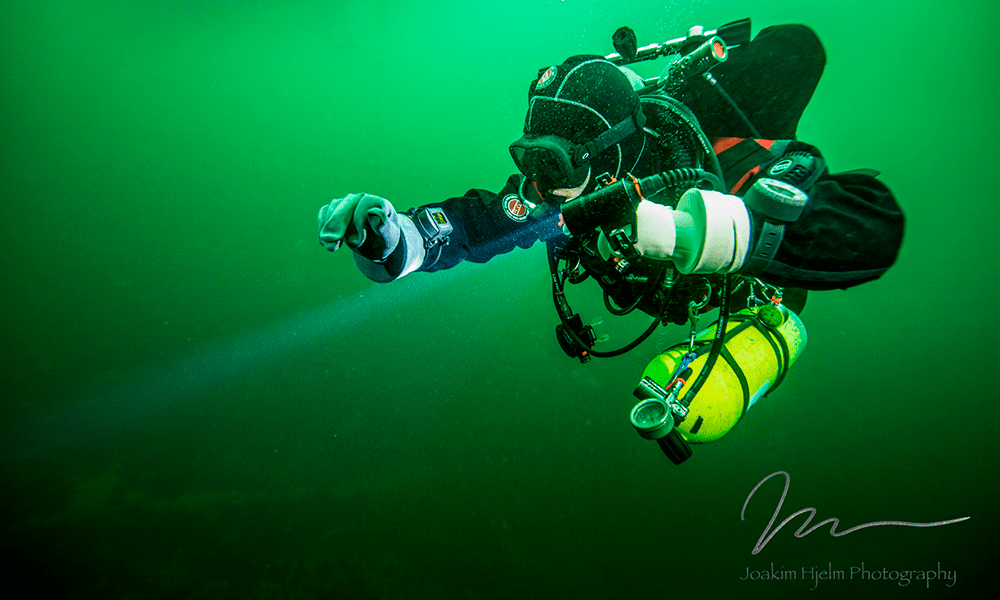- Messages
- 14,202
- Reaction score
- 11,467
- Location
- Port Orchard, Washington State
- # of dives
- 1000 - 2499
This a slightly skewed description of the issue with the older low GF approach which is similar across ratio deco, VPM2+ and something like 15/85 Buhlmann.To put it in simple terms, my question for scientists would be if we are forming more silent bubbles by doing deep stops would the bubble model theory still hold up regarding tension, and would the tension on those bubbles still place a diver at a lower risk than if the diver ascended higher in the water column, possibly forming less bubbles, but would less tension on fewer bubbles still make it more likely that one bubble could cause a problem. I haven't been following advances in science on the matter because I've been busy trying to recover physically for 4 years, so my understanding might be flawed. I've returned to recreational diving using DCIEM tables. But as I gain experience post-injury by returning to technical diving, a thorough understanding of current vs. past theories would be a central focus of my personal growth.
The issue with the deeper stops is that while your fastest tissues are (hopefully) offgassing, you are still ongassing in the medium/slower tissues at those depths. Which creates a larger dissolved gas load (sum gas load) which is weighted towards the slowest tissues. This gas load has to come out eventually. If you proceed to shorten the shallow stops (something all three of these cited approaches encourage) because you "controlled micro bubble formation deep" then your surfacing gas load ends up higher than it would have been if you skipped the deep stops. That higher surfacing gas load in medium/slower tissues + less shallow time to get rid of it leads to an increased probability of DCS.
You have several possible paths to manage this increased DCS risk:
- For any given total deco time skip the deepest stops.
- If you continue to do deeper stops then extend the shallow stops to compensate for the increased gas loads created by the deeper stops.
- Do both.
Reducing your GF high from 85 to 70-75 accomplishes #2
Diving something like GF 60/70 does both and is now considered the "most conservative".
VPM and ratio deco are not compatible with modern decompression and scientifically supportable conservatism adjustments - other than just winging it and adding time shallow.
In terms of ascent rates, there is very little work done on the significance of how fast you move between the bottom and your first stop. Most people move far too slow, but most people aren't going so slow that 2-3mins of lingering really matters much on dives where you only have ~20-60mins of deco anyway.






